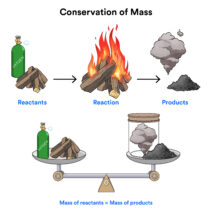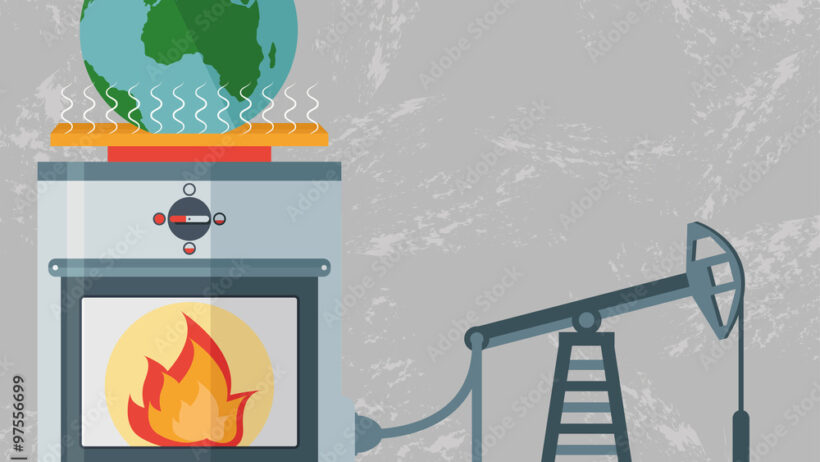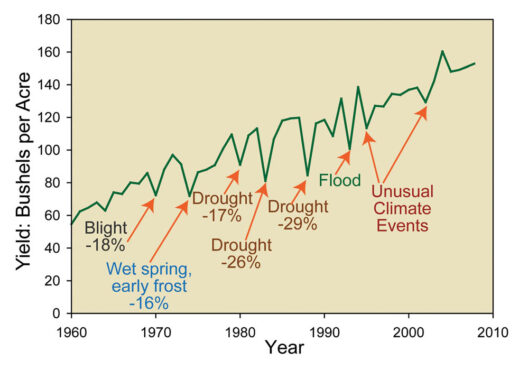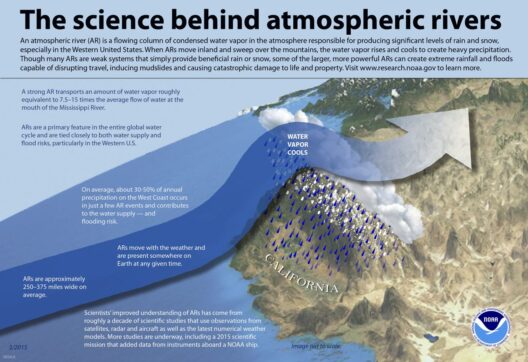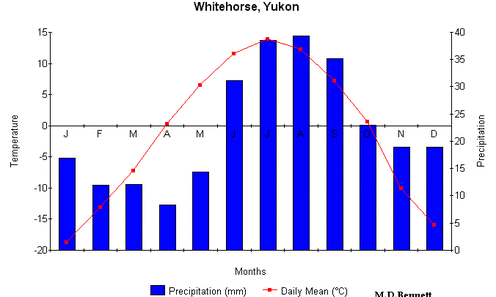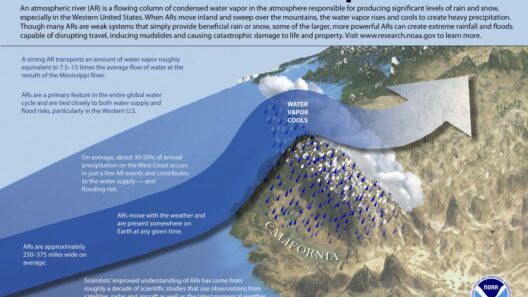In contemporary discourse about climate change, one of the most pressing issues is the combustion of fossil fuels. This phenomenon plays a pivotal role in the exacerbation of global temperatures. Understanding how burning fossil fuels heats the planet reveals multifaceted layers, encompassing not just the mechanics of greenhouse gas emissions but also the broader implications for ecosystems, weather patterns, and human health.
To elucidate this topic, it is essential first to define what fossil fuels are. They comprise coal, oil, and natural gas—resources replete with carbon, derived from the remnants of ancient organic matter subjected to heat and pressure over millions of years. When combusted, these fuels release energy that powers industries, transportation, and households, but this comes at a significant cost to the environment.
The primary mechanism by which fossil fuels heat the planet is through the greenhouse effect. When fossil fuels are burned, they emit carbon dioxide (CO2), methane (CH4), and nitrous oxide (N2O). Collectively classified as greenhouse gases (GHGs), these emissions trap heat in the Earth’s atmosphere. The delicate balance between incoming solar radiation and outgoing terrestrial radiation is disrupted, leading to an overall increase in global temperatures. This is not merely a theoretical concern; it is weighty empirical evidence observed through rising climatic averages across continents.
To grasp the seriousness of the situation, consider the contemporary atmospheric concentrations of CO2. Pre-industrial levels hovered around 280 parts per million (ppm); today, we exceed 410 ppm. This marked increase corresponds directly with industrialization’s ascent, a historical phenomenon rooted in the widespread adoption of fossil fuel-based energy systems. The correlation between fossil fuel combustion and GHG proliferation is unmistakable and irrefutable.
Moreover, the repercussions of this heating extend beyond mere temperature changes. One of the most distressing consequences is the frequency and intensity of extreme weather events. Hurricanes, heatwaves, droughts, and floods have become more prevalent as climate change intensifies. The link is simple yet profound: warming oceans endorse stronger hurricane formations, while elevated temperatures increase evaporation rates, ultimately leading to erratic rainfall patterns. The evidence underscores a frightening reality where fossil fuel dependency transforms natural phenomena into catastrophic events.
Furthermore, the impact of burning fossil fuels on oceans cannot be overstated. Increased atmospheric CO2 results not only in higher temperatures but also in ocean acidification. When CO2 dissolves in seawater, it forms carbonic acid, adversely affecting marine life. Coral reefs, often termed the “rainforests of the sea,” serve as critical ecosystems yet are under siege from the dual threats of bleaching and acidification. The loss of biodiversity in these habitats signals a broader ecological imbalance that reverberates through food chains and affects human livelihoods that depend on these resources.
Another significant aspect to consider is the public health dimension. Air pollution, a byproduct of burning fossil fuels, is intricately tied to respiratory illnesses, cardiovascular diseases, and a plethora of other health problems. The World Health Organization attributes millions of premature deaths annually to poor air quality, largely stemming from fossil fuel combustion. The ramifications unfold beyond mortality statistics; they encompass increased healthcare costs and diminished quality of life.
As the globe grapples with these challenges, a crucial dialogue arises: What are the alternatives? Transitioning from fossil fuels to renewable energy sources like wind, solar, and hydroelectric power is imperative. These alternative energy sources offer a path to mitigate climate change and lessen our ecological footprint while simultaneously addressing energy needs. However, the transition is fraught with challenges—economic, technological, and political—that must be navigated with deliberate foresight and collaborative action.
Legislative measures play a foundational role in facilitating this transition. Policies aimed at penalizing carbon emissions or providing incentives for clean energy investment have the potential to reshape energy landscapes. International cooperation is also critical, as climate change knows no borders. Agreements such as the Paris Accord illustrate a concerted effort to hold nations accountable for their carbon footprints, yet commitments must evolve into actionable strategies for maximal impact.
In the face of overwhelming evidence and compelling urgency, it is paramount for individuals, communities, and governments to advocate for sustainable solutions. Public awareness and education serve as catalysts for change; grassroots movements can exert pressure on policymakers, fostering the demand for innovation and accountability. As the environmental crisis mounts, every voice counts, and every action matters.
In conclusion, the burning of fossil fuels is not merely an economic staple; it is a primary driver of anthropogenic climate change with far-reaching consequences. The mechanisms of heat retention in our atmosphere, the ensuing ecological ramifications, and the implications for health and societal structures compel an urgent reevaluation of our energy paradigms. The path forward lies in collective action, bolstered by awareness and commitment to transformative change. We stand at a crossroads—one path leads to climate chaos and degradation, while the other paves the way toward a more sustainable future. The choice is ours to make.
